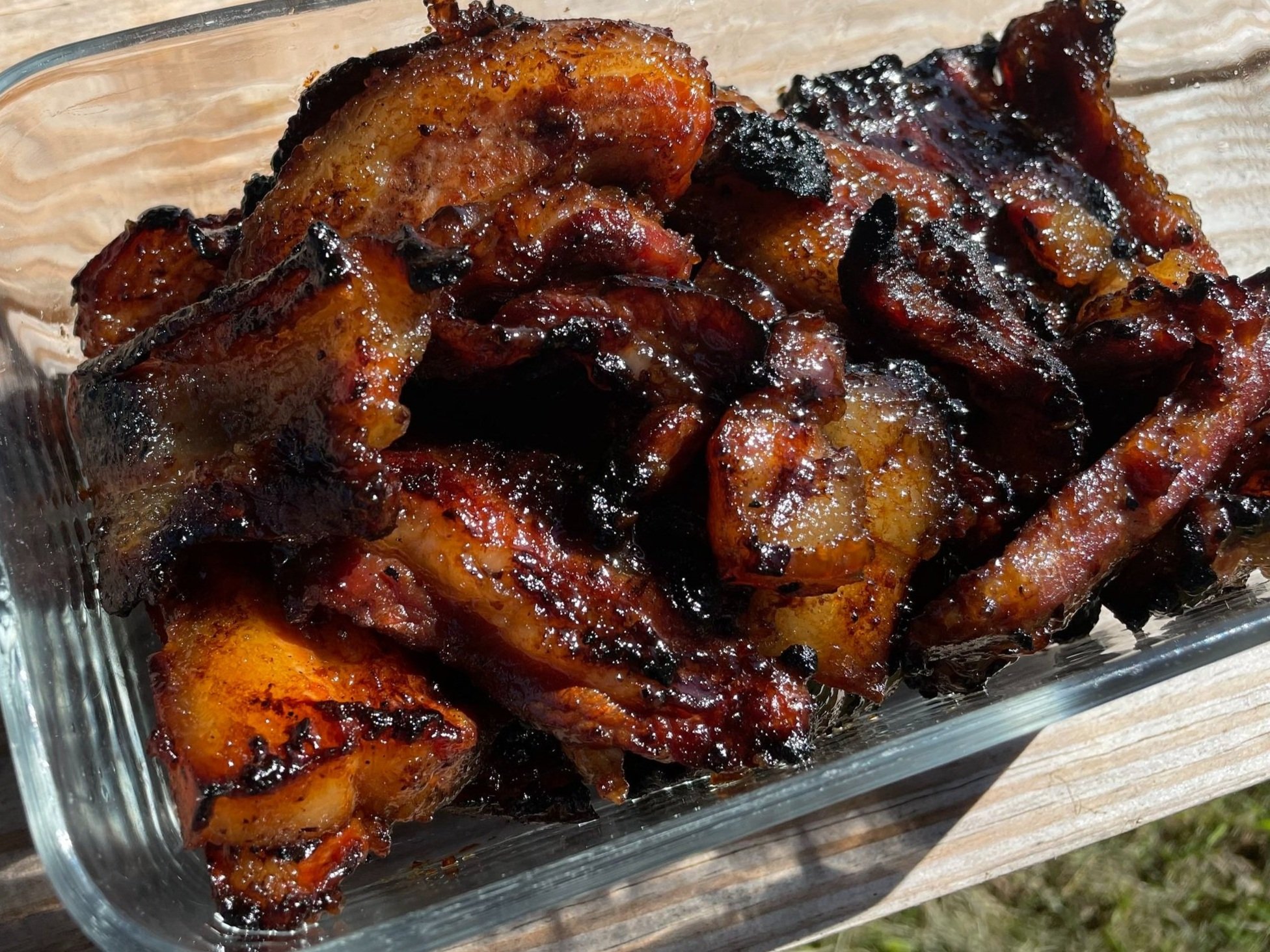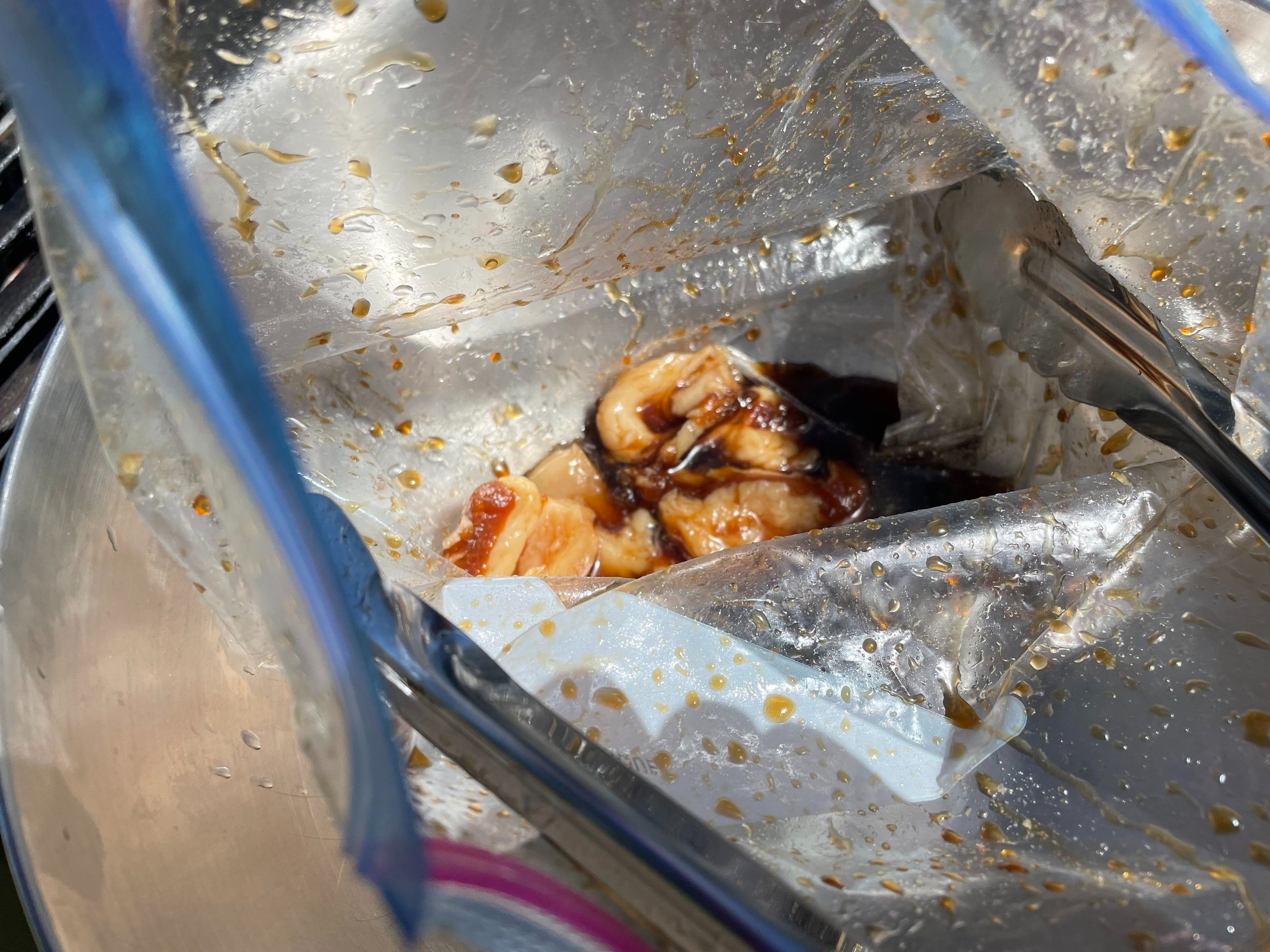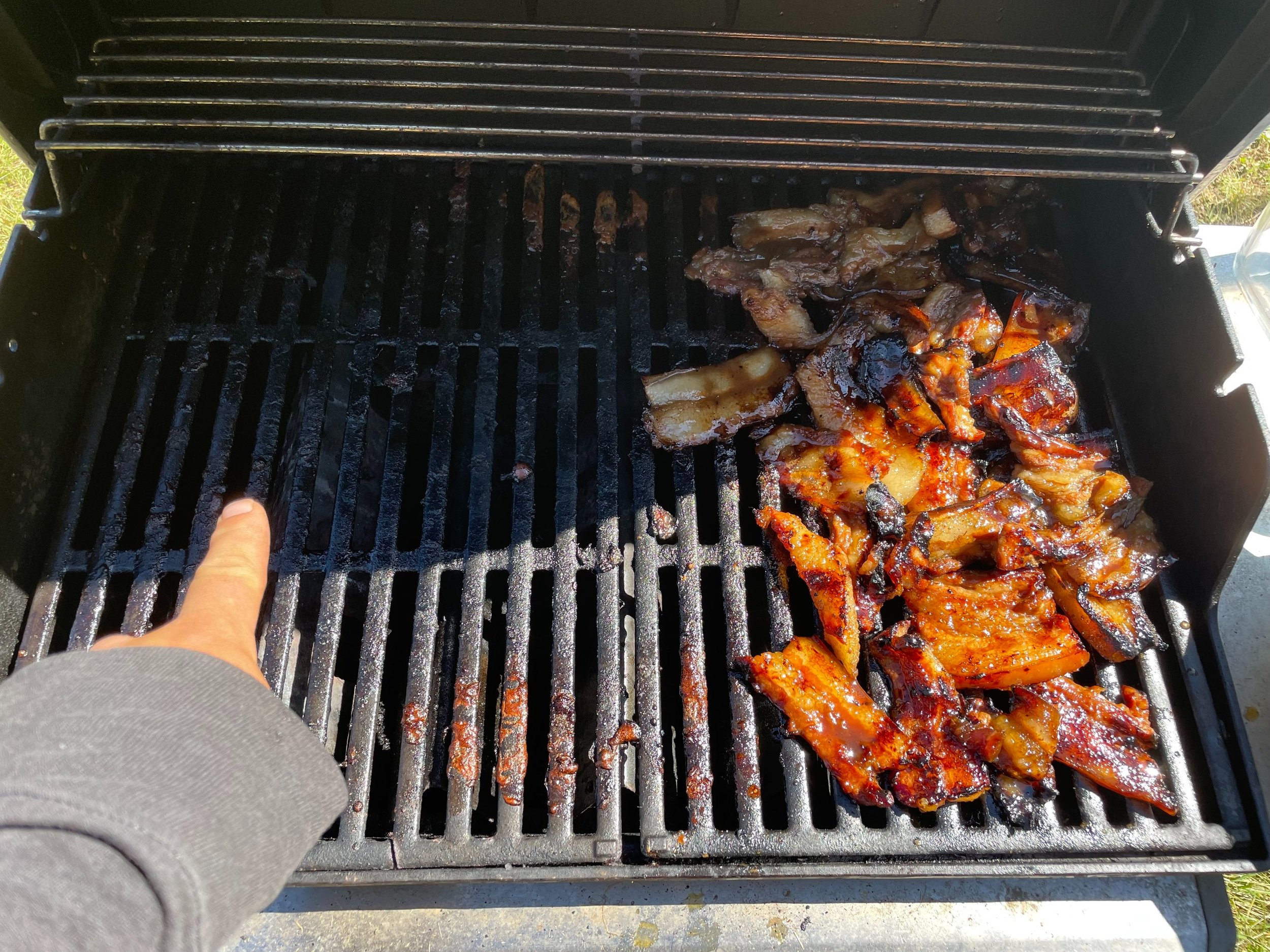According to U.S. CDC Data in 1998 the leading cause of death in the United States was heart disease, at 31 percent of all cause mortality. (The next leading cause was cancerous tumors.)
In 1900, 7.9 percent of all cause mortality was heart disease.
The leading cause of death in 1900 was pneumonia and influenza. (It’s difficult to tell these two apart as a cause of death. In fact, many respiratory ailments present with similar symptoms, such that without a lot of work it’s difficult to isolate cause of death to one specific respiratory disease. Of course, if you have a test that will ensure you diagnose one particular ailment and you receive extra funding for treating patients with that particular ailment, you may find that almost all your respiratory patients serendipitously happen to become diagnosed with that particular ailment.) That percentage of all cause mortality was 11.7 percent. Curiously, after 98 years of medical science pursuing relief from this age-old harbinger of finality, pneumonia and influenza are still in the top 10 causes of death in the U.S., at 3.9 percent. (Suicide is in the top 10 in 1998. Suicide joins the top 10 causes of mortality in 1975. It wasn’t in the top 10 all through the Great Depression. Isn’t all the ease and convenience of modern life supposed to be making people…happier?)
I don’t know the specifics of how the bigjobs of medical science ran their profession in 1900. I assume there were various unsavory practices such as vivisection, along with administering experimental pharmaceutical therapies to populations without adequately informing them of the risks — something that is, thankfully, now illegal and thus never happens. (If it did happen, of course, those responsible would be swiftly brought to justice.) Quite possibly there were a number of shady businessmen back then selling ineffective quack cures just to make a dirty dollar. Today, of course, we are assured that the modern medical pharmaceutical industry is impeccably regulated and basically exists only to serve the greater good.
Still, looking at those numbers objectively, it appears that 98 years of pharmaceutical and medical industriousness managed to decrease deaths (as a portion of total) from pneumonia-influenza by two thirds, while at the same time almost quadrupling deaths from heart disease. I am not a doctor, but I think that is not a track record to be proud of. Succumbing to a respiratory ailment is always going to involve some amount of bad luck, but if the causes of heart disease are, as medical science suggest, internal, it should be easy to regulate. That’s probably why ads for the American Heart Association don’t tout the increase in percent of deaths from heart disease in every year their Association has been associating. It appears that if you simply ate and exercised like Americans did in 1900 and ignored medical advice about diet and pharmacology — including all that stuff about the health benefits of smoking tobacco or how you could supposedly take a synthetic opioid and really, totally, absolutely, cross-your-heart never get addicted — you might be healthier than otherwise. Presumably, of course, if anyone were to buy medical journals and pay doctors to completely accidentally and totally not on purpose fail to tell the truth about something like that, then those responsible would be swiftly brought to justice.
To give the bonesaws their just praise, however, deaths from non-motor vehicle accidents have also decreased more than 2/3. So if you happen to get your shirtsleeve caught in the tablesaw you really, really want to be going to a modern hospital. Though of course the real heroes are the sanitation engineers. Almost nobody dies from diarrhea these days and it was a huge cause of death in 1900.
Lest you think that it’s just all the carbs Americans eat these days that are causing heart disease, consumption of carbohydrates went down during the 20th century and fat consumption increased. Saturated fat consumption stayed about the same; what increased was consumption of things like linoleic acid, which, prior to the temporary discovery by the medical industry that these were healthy, had previously been useful in manufacturing items such as paint. Indeed, over the past 100 years or so Americans shifted from eating a lot of farm-raised pork and milk fat along with a moderate amount of beef fat from lean, grass-fed beef, to eating less pork fat, less milk fat, fattier grain-fed beef, and much more hydrogenated vegetable oils. Crude fiber intake also decreased by about a third. It would be very interesting to see nutrition profiles of common foods grown using 1900s soil and farming practices compared with present-day, but that’s likely impossible. It seems a reasonable hypothesis to assume that if the only thing you add to soil is a modern industrial N-P-K fertilizer, various trace nutrients which might have once been present in food grown therein, which are added through natural fertilizers such as animal manure, are not going to be present in anything like their original scale. Again, over the same period of dietary progress, deaths from heart disease quadrupled as a portion of all cause mortality. (Actual heart-attacks have increased more than that, of course, but modern science is relatively good at keeping a patient alive and on drugs until some future, second heart attack causes death.)
The typical middle-class American family in 1900 had a small garden. They bought fresh, natural food from local farmers or grocers, canned or preserved it themselves, and cooked at home. The lack of modern labor-saving devices like dishwashers and washing machines meant that the family of 1900 did not have the copious free time every working middle class couple with children presumably enjoys today. Instead of the soul-affirming technological achievement of the family separately watching separate entertainments on separate screens, a family might have been forced to spend a day off together, picking cucumbers from the garden and pickling them while taking turns reading a storybook out loud. The reader will likely have some understanding of what the typical middle class family of today eats and how they spend their time.
Then again, the food that Americans ate in 1900 was really expensive. Households spent 43 percent of income on food. Housing was 23 percent and clothing was the next most expensive item of a household budget. These days American households spend closer to 10 percent of the budget on food. Cheaper materials and labor-saving technologies (along with low-cost, some would say criminally exploited, immigrant construction labor) have, however, somehow coincided with a 40 percent increase in housing costs. The other big ticket item Americans spend money on today is transportation. In 1900 one would typically work at home or close to home, shop locally, supplement with a home garden, and cook and eat at home. A shopping trip would be an all-day affair perhaps involving a visit to friends and family along the way. In these more progressive modern times most Americans have the luxury of driving an automobile to work, driving an automobile to a takeout chain for lunch, driving an automobile to a store, and purchasing food grown by strangers a thousand miles away or more.
Food was different, as well. In 1900, a chicken dinner would be a cockerel which had been foraging in the field on a varied diet, stewed to improve tenderness in a homemade stock made from its bones. Today, a large number of Americans don’t have a clue how to roast a chicken, but if they do it’s a genetic hybrid specially bred to grow in a third of the time of the 1900 chicken while sitting in a small cage and eating a diet engineered to pack on as much meat as possible in that short time at the lowest possible cost, plus a vitamin powder reasonably sufficient to prevent the chicken from dying prematurely.
At least most people don’t die from measles these days. In 1900 without a measles vaccine, 7,575 patients died from measles, 0.009 percent of the population. Today, due to the assistance of the $1.3 trillion U.S. biopharmaceutical industry, we can be assured that something less than 0.009 percent of Americans die from the measles. Lest someone scoff at such a tiny number, this really is a big deal: measles mostly affects young children, and that pre-vaccine measles death number is more than three times all the deaths in the 5-9 age group in 2019. Is that reduction the result of the vaccine or, say, better sanitation? We may never know.
Looking again at all cause mortality, now sorted by age, almost all deaths from heart disease occur after the age of 65. It might be interesting to know how soon after the age of 65 these numbers pick up, but the CDC, which is staffed by pharmaceutical industry insiders who presumably went into government service because they care deeply about the health and well-being of each individual citizen, tracks data in discrete cohorts right up to retirement age and then lumps those of retirement age who are no longer paying payroll taxes into one big catch-all category. Furthermore, as with most respiratory ailments, deadly influenza or pneumonia almost exclusively affects those well over 65 years in age. So perhaps the choice is between falling asleep due to pneumonia-induced low blood oxygen and passing away peacefully in old age at home after a final tearful but meaningful visit from your children and grandchildren, or having an extremely painful myocardial infarction, being rushed to the hospital where you are stripped naked, tubes are shoved into you and your chest cavity is cracked open before time of death is determined and your surviving family members are presented with the bill. Either way, for those who make it to 65 the average life expectancy is around 85 total years these days, which is around 5 years more of being in and out of hospitals and eventually confined to an assisted facility than it was 80 years ago, where you might have to spend your final years spoiling your grandchildren.
This all applies only to the United States. If you live, today, in say, sub-Saharan Africa, perhaps most of your most arable land is now devoted to producing cash crops for the global market on behalf of global corporations which are totally, absolutely, one hundred percent not imperialistic looting operations (just look at the “Commitment to Diversity” statement in their Annual Report to Shareholders), and you might have the opportunity to roll the dice by having your children injected with a vaccine known to correlate with a higher rate of mortality than it prevents. Of course, drug dealers would like us all to know (sorry, I mean public interest-oriented pharmaceutical companies and billionaire philanthropists whose selfless philanthropy has somehow preserved and increased their billions) they ship such therapies overseas in mass quantities because of their philanthropic focus, and not because of a potential $5 billion market or the prospect of reducing labor costs by shifting production overseas at the “local prevailing wage”.
But hey, I mean, “safe and effective”, right?












